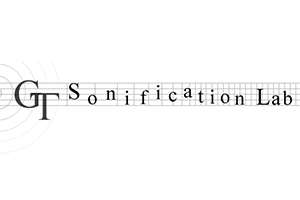In this project, we aim to develop and evaluate displays of automation uncertainty that aid in the transition of control from automated to manual driving. Currently, we are focused on two manipulations of these displays. The first manipulation, metric, is manipulated by presenting system reliability information (Reliability) or the level of engagement necessary for the driver (Required Driver Engagement, RDE). The second manipulation, modality, is manipulated by presenting the information visually, auditorily, or with a combination of visual and auditory information (multimodal). We are evaluating our displays for understanding in a laboratory setting using a card sorting task as well as in our driving simulator. Through the driving simulator studies, we will determine which metric and modality combination is best for aiding drivers in control transitions from automated to manual driving and which displays improve trust calibration, or aid drivers in appropriately trusting the system based on the system performance.

The Georgia Tech Sonification Lab is an interdisciplinary research group based in the School of Psychology and theSchool of Interactive Computing at Georgia Tech. Under the direction of Prof. Bruce Walker, the Sonification Lab focuses on the development and evaluation of auditory and multimodal interfaces, and the cognitive, psychophysical and practical aspects of auditory displays, paying particular attention to sonification. Special consideration is paid to Human Factors in the display of information in "complex task environments," such as the human-computer interfaces in cockpits, nuclear powerplants, in-vehicle infotainment displays, and in the space program.
[Random Image of Auditory Interface] Since we specialize in multimodal and auditory interfaces, we often work with people who cannot look at, or cannot see, traditional visual displays. This means we work on a lot of assistive technologies, especially for people with vision impairments. We study ways to enhance wayfinding and mobility, math and science education, entertainment, art, music, and participation in informal learning environments like zoos and aquariums.
The Lab includes students and researchers from all backgrounds, including psychology, computing, HCI, music, engineering, and architecture. Our research projects are collaborative efforts, often including empirical (lab) studies, software and hardware development, field studies, usabilty investigations, and focus group studies.


